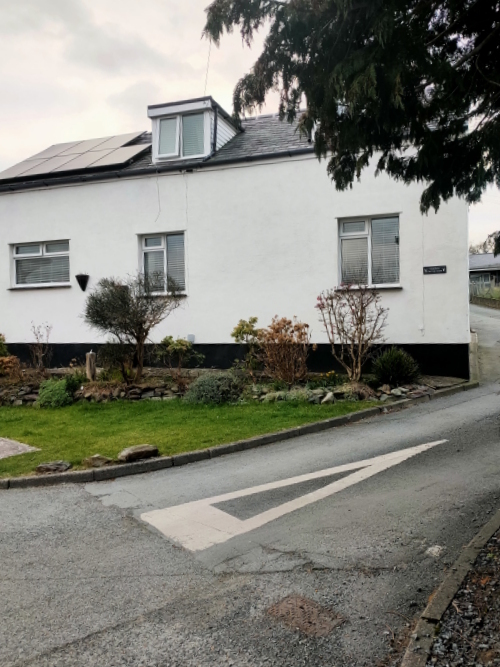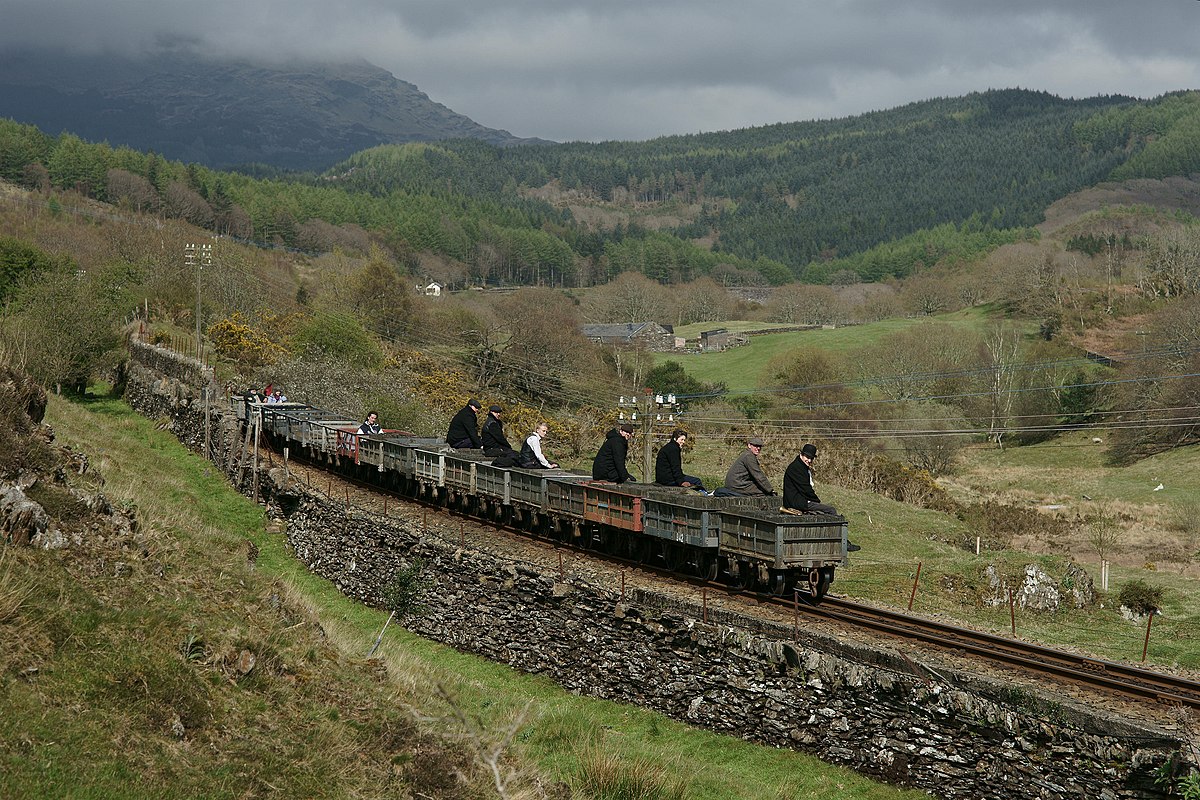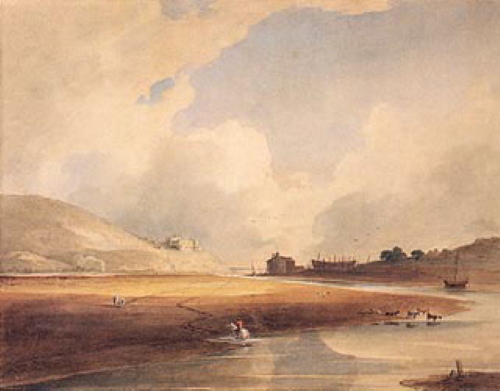1839 - Soar Chapel built.

1839 - The year when Soar Chapel built.

1839 - The year when Soar Chapel built.

1838 - School opened at Yr Ynys called Ysgoldy.

1836 - Opening of The Ffestiniog Railway
The line was built between 1833 and 1836 to transport slate from the quarries from the inland town of Blaenau Ffestiniog to the coastal town of Porthmadog where they would be loaded onto ships.
The railway was graded so that loaded wagons could be operated by gravity downhill all the way from Blaenau Ffestiniog to the port. The empty wagons were hauled back up by horses, which travelled down in special 'dandy' wagons. To complete this constant grading (about 1 in 80 for most of the way), the line followed the natural lie of the land using cuttings and embankments built from stones and slates without mortar. Before the completion of a long tunnel through a ridge at Mynydd y Moelwyn in 1842, the slate trains were worked over the top by inclines (designed by Robert Stephenson), the site of which can still be seen although there are few visual remains.
Downstream trains continued to run entirely through gravity but faster journeys and longer trains increased the capacity of the line. A new timetable dated October 1863 shows six departures per day from each terminal every two hours, starting at 7:00 a.m. and taking 1 hour 50 minutes including stops (20 minutes in total) at Tanygrisiau, Hafod-y-Llyn and Penrhyn. Trains only pass at Hafod-y-Llyn (from 1872 Tan-y-bwlch).
When passenger services began, the trend was for trains to be hauled up by trains consisting of loaded general goods and mineral wagons, followed by passenger carriages, followed by empty slate wagons with brakemen.
This unusual and labour-intensive approach was extremely dangerous, at least as far as passengers were concerned. As a result, the passenger and goods downstream portions were combined into one train led by the locomotive. The loaded slate trains continued to operate by gravity until the end of passenger services in 1939. Slate trains eventually became very long trains - trains of less than eighty slate wagons carried two brakemen but over eighty wagons required three brakes (and this became a common thing). About one wagon in six had brakes, the others were not braked. Speeds of more than 40 mph (64 km/hr) were normal at that time.
1837 - 50 slate boats had carried 19,280 tons of slate down Afon Dwyryd.

1820 - The end of Ship Building on the Dwyryd.